Nestled in Son La Province, Sa Mu Peak has emerged as a popular winter trekking destination, offering adventurers a moderate climb through enchanting primeval forests, with opportunities to hunt clouds and marvel at the Milky Way.
A hidden gem for trekking enthusiasts
Located approximately 240 kilometers from Hanoi, Sa Mu Peak - also known as U Bo Peak - sits on the border between Son La and Yen Bai provinces in the Ta Xua Special-Use Forest, part of the southern extension of the Hoang Lien Son range.
At an elevation of 2,756 meters above sea level, Sa Mu Peak is a relatively new addition to northern Vietnam’s trekking map, with its summit officially marked in December 2022. Despite its novelty, the peak has attracted a large number of visitors thanks to its unspoiled landscapes and lush, primeval forests.
A trek for all skill levels
Hoang Ba Dinh, a Hanoi-based trekker born in 1999, recently visited Sa Mu Peak with his friends in early December. Having scaled over 10 major peaks in Vietnam, including Nam Kang Ho Tao and Bach Moc Luong Tu, as well as Annapurna Base Camp in Nepal, Dinh found Sa Mu’s trek approachable yet captivating.
He rated the difficulty of the climb at 6 out of 10, noting its long but manageable slopes.
“This trekking route offers diverse ecosystems and stunning scenery, especially the moss-covered forests. Sa Mu Peak is not too steep, making it suitable for first-time climbers,” Dinh remarked.
The trek passes through a pristine rainforest typical of tropical mountain ecosystems, featuring a rich tapestry of flora such as moss, rhododendrons, maple trees, and bamboo forests, interspersed with streams and waterfalls.
Seasonal changes enhance the forest’s beauty, with fiery red and golden maple leaves from September to November and blooming rhododendrons in March and April. Ancient trees with moss-covered trunks add to the forest’s mystical allure.
The journey to Sa Mu Peak
To reach the peak, trekkers typically start from Bac Yen Town and travel about 40 kilometers to the trekking base in Xim Vang Commune.
From there, the trek spans 10-12 kilometers from the base to the summit, with a rest stop located about one kilometer from the top. The final stretch from the rest stop to the summit is steep, requiring an hour of climbing.
Departing early, around 4–5 a.m., allows trekkers to catch the sea of clouds and sunrise from the summit—a highlight of the journey.
Dinh’s group began their adventure at 8 p.m. from Hanoi, arriving in Ta Xua at 2 a.m. After resting, they traveled to Xim Vang to start their trek at 7 a.m. By 4 p.m., they reached the rest stop, where they enjoyed the sunset before spending the night.
The next morning, they ascended to the summit at 4:30 a.m., then descended via Hang Dong, passing through Lang Cheu Village, completing a 26-kilometer trek (10 kilometers up and 16 kilometers down).
Tips for a safe and enjoyable trek
Winter weather on Sa Mu Peak can be harsh, with nighttime temperatures dropping as low as -2°C. Trekkers should prepare thermal clothing, specialized hiking boots, and essential supplies, including food, water, and first aid kits.
The ideal time for cloud-hunting and stargazing is from December to February.
To preserve the natural beauty of the forest, trekkers should avoid littering, breaking branches, or picking flowers.
Dinh also advised climbers to dress in layers to adjust to fluctuating temperatures.
“During the climb, your body generates heat, so light clothing like a thin T-shirt and a windbreaker works well. For early mornings or evenings, when it’s colder, pack thermal layers, scarves, and a lightweight puffer jacket. Don’t forget a raincoat and gloves in case of rain,” he suggested.
Sa Mu Peak offers an unforgettable trekking experience, blending natural beauty with moderate physical challenges. By embracing sustainable tourism practices, visitors can help preserve this pristine destination for future adventurers.
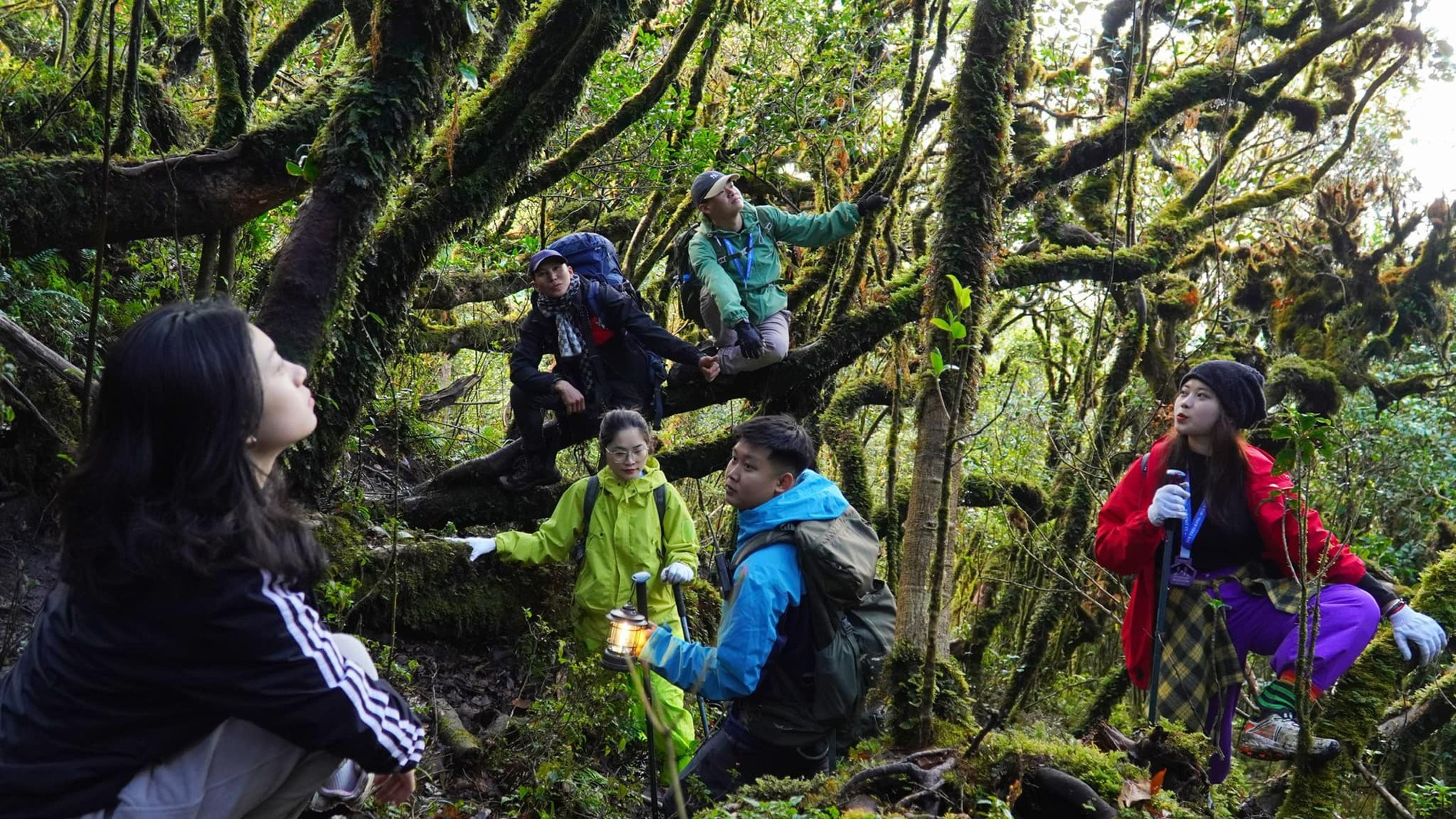
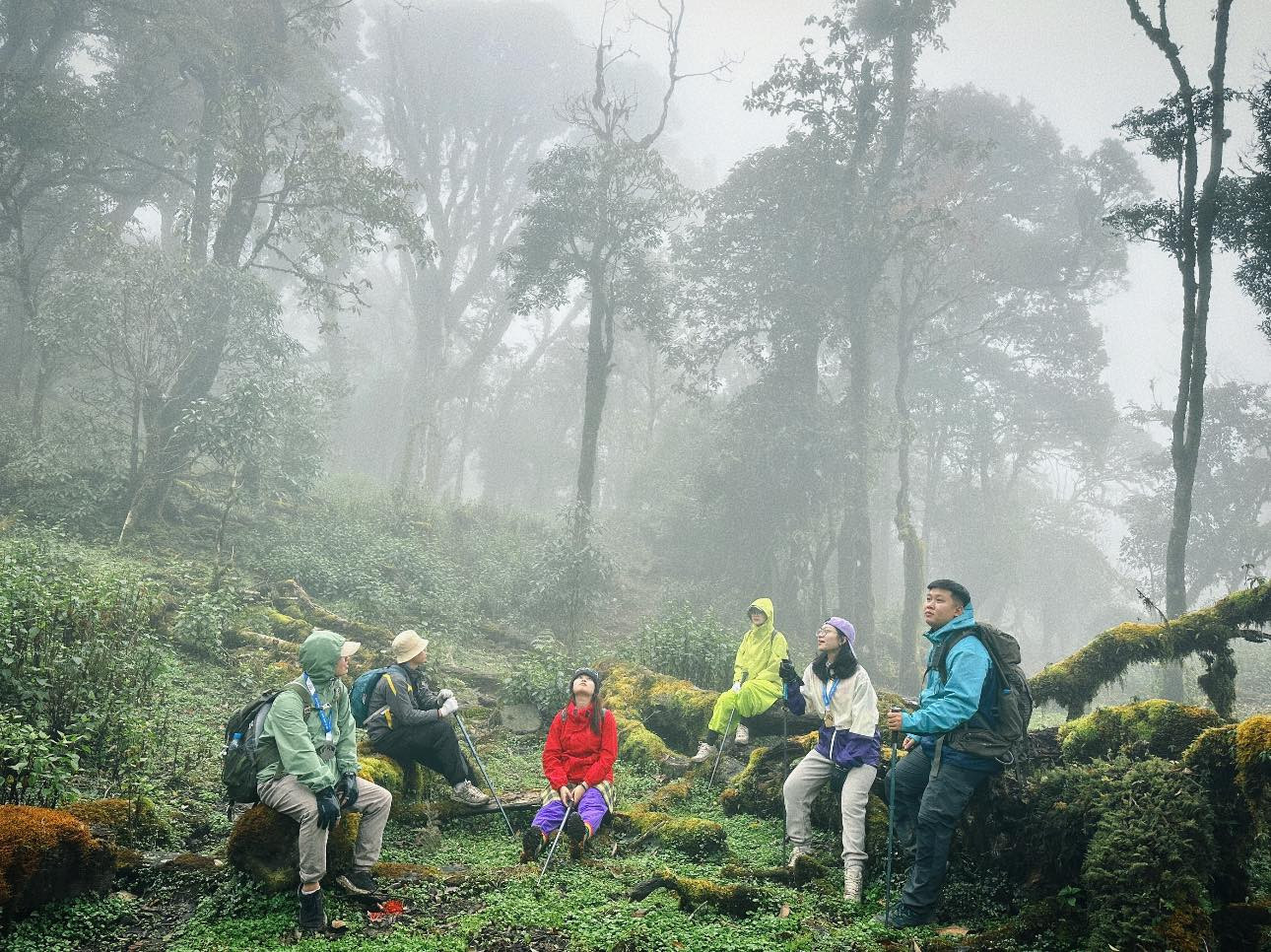
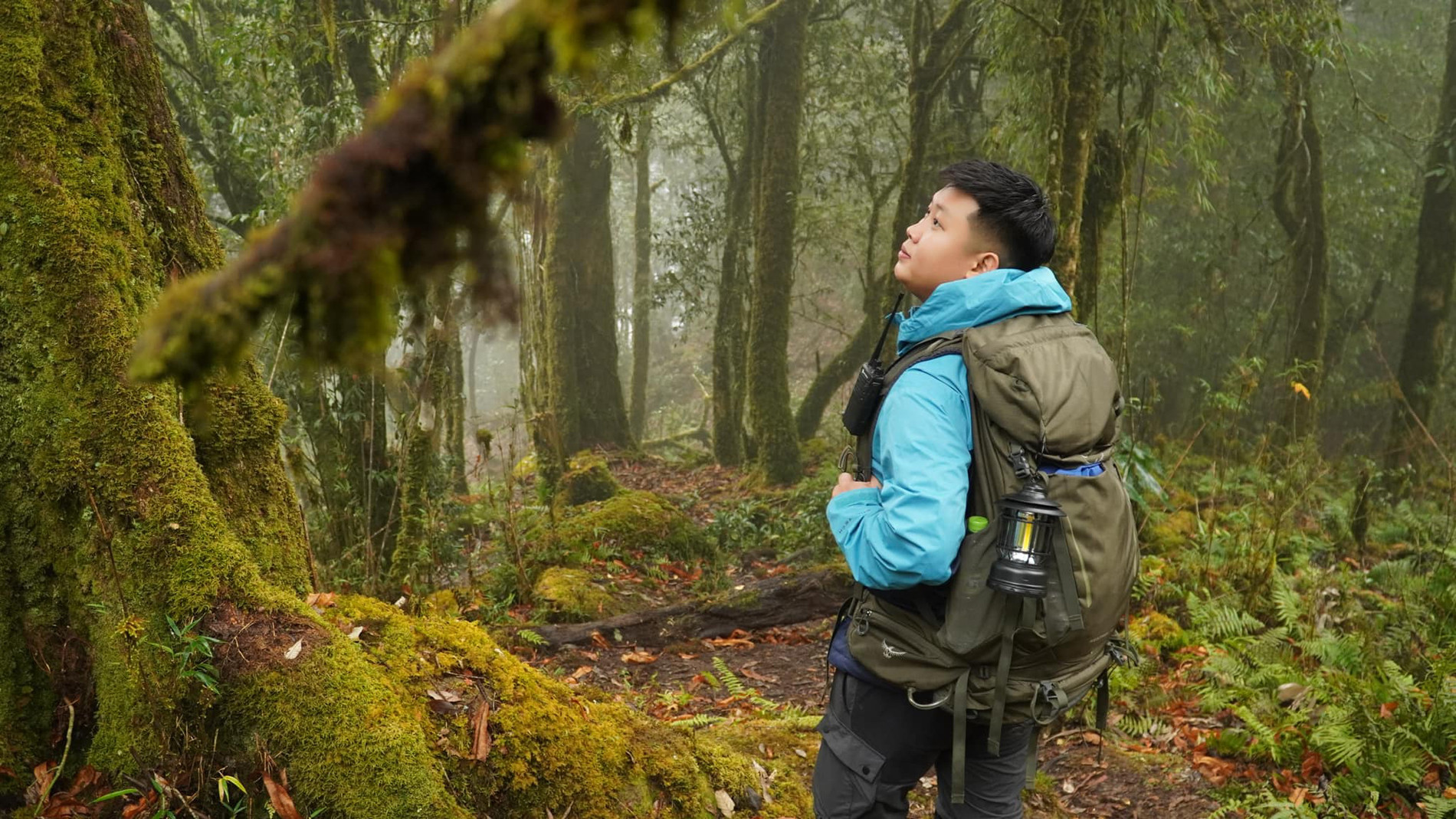
 |
 |
 |
 |
 |
 |
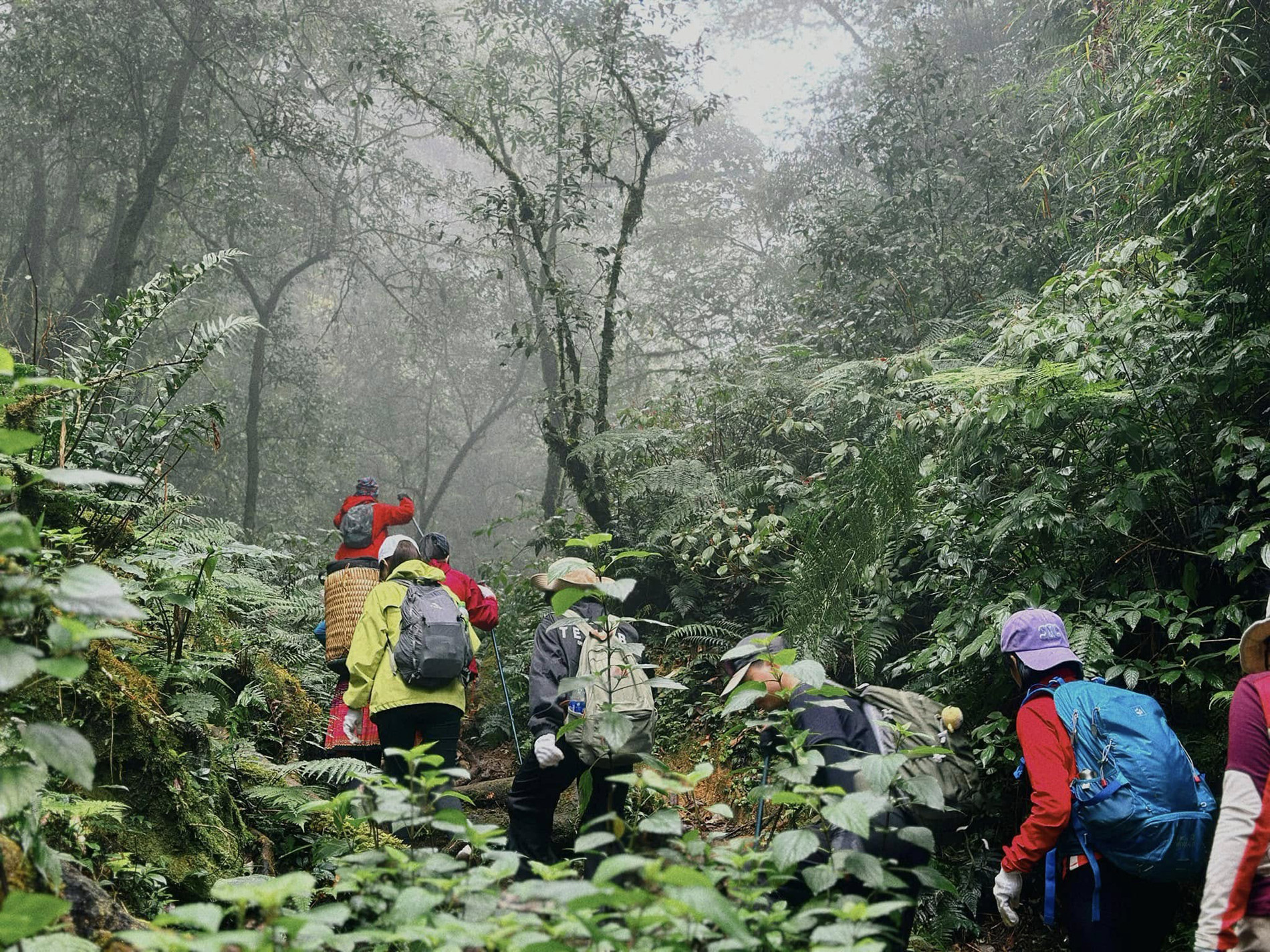
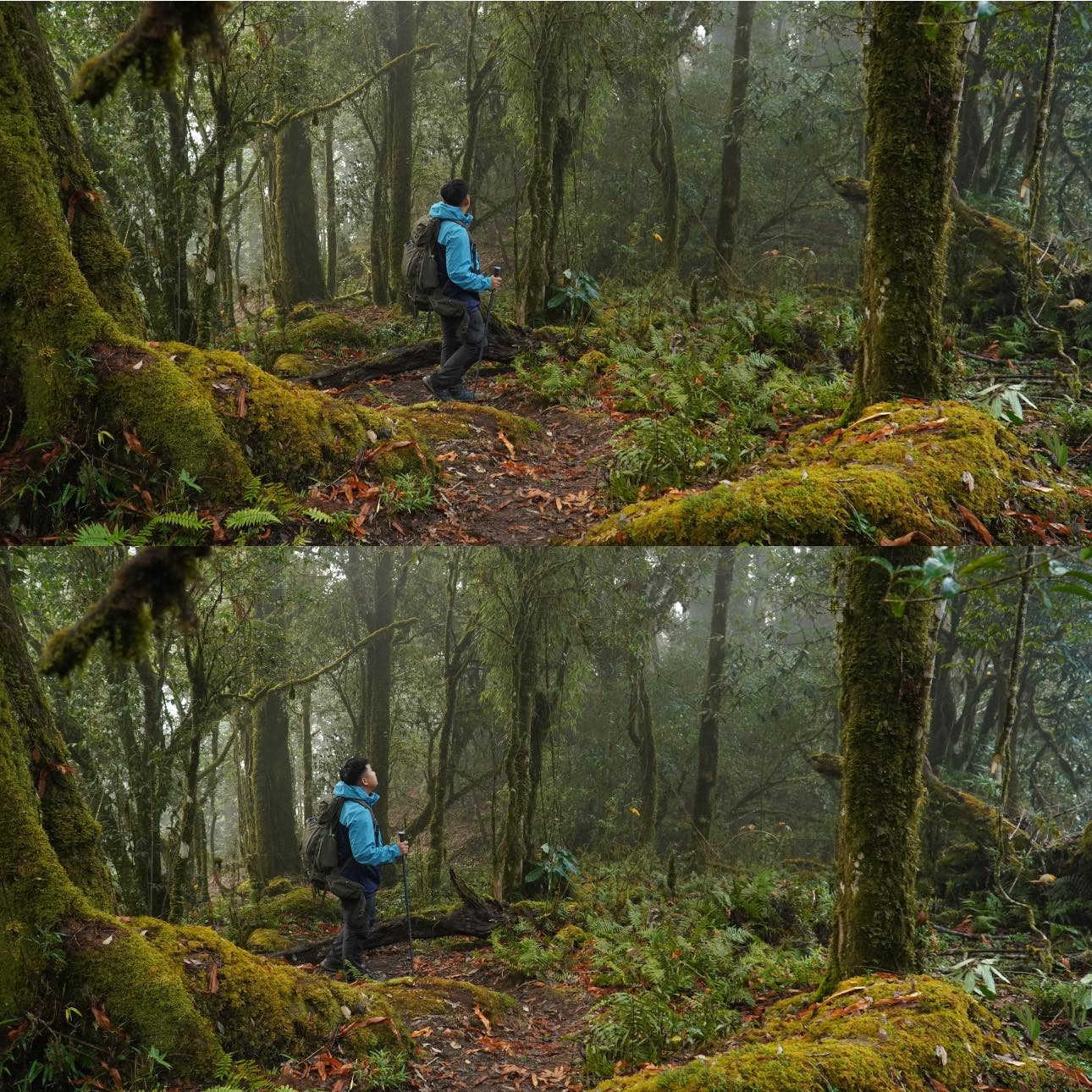
 |
 |
 |
Photo credit: Hoang Ba Dinh.
Thao Trinh













